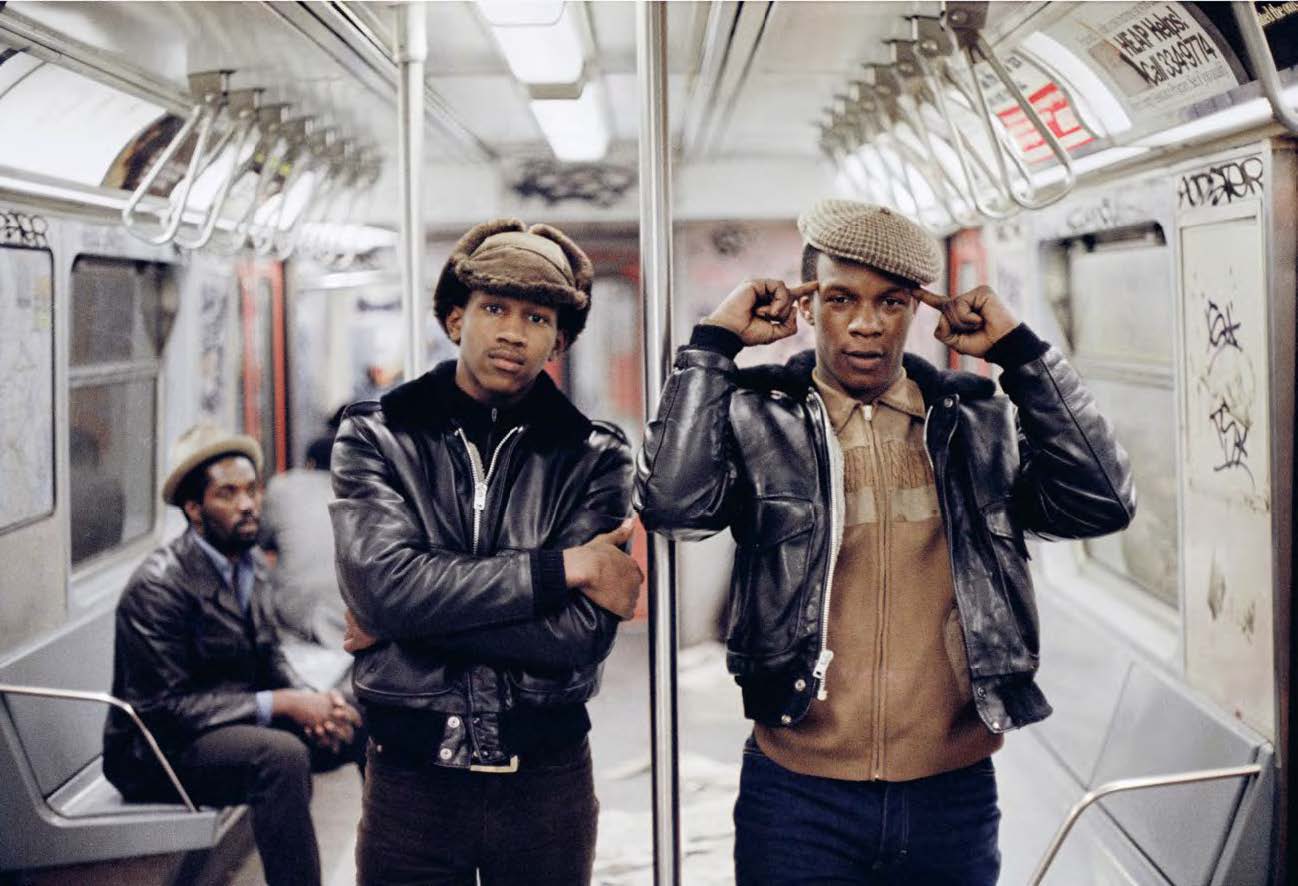
Shabazz has been visually representing urban New York for the past 40 years. His iconic images capture the lifestyle and vibrant energy of the time like no other. He has become one of the key people to immortalize the New York of the ’80s.
To this day, his quintessential and mesmerizing work influences international fashion trends and global youth culture, and has also served as a source of inspiration for countless films. His secret lies in his care and compassion for people.
Born in 1960 and raised on the tough streets of Red Hook, Brooklyn, during the civil rights movement and the Vietnam War, Shabazz grew up exposed to violent and war-torn visual imagery which gave rise to his deep sense of empathy. Instilled with the urge to speak out and show a different perspective, he first found self-expression in graffiti art and photography with the emergence of the hip-hop movement in the ’70s.
From the age of 15, picking up a camera gave Shabazz a sense of purpose: “It allowed me an opportunity to have a voice and use my voice in a way that can inspire love and unity”. His photographs reveal his daily search for hope, promise, and beauty.
At 17 and unsure of what to do with his life, Shabazz served in the U.S. army in Germany for three years. After returning home in 1980, he spent the next 20 years working as a correctional officer. Driven to help people in his community to stay out of the system, he spent his free time as a proactive street photographer searching for and spreading hope.
For me, having constructive conversations was far more important than the photograph itself.
––Jamel Shabazz
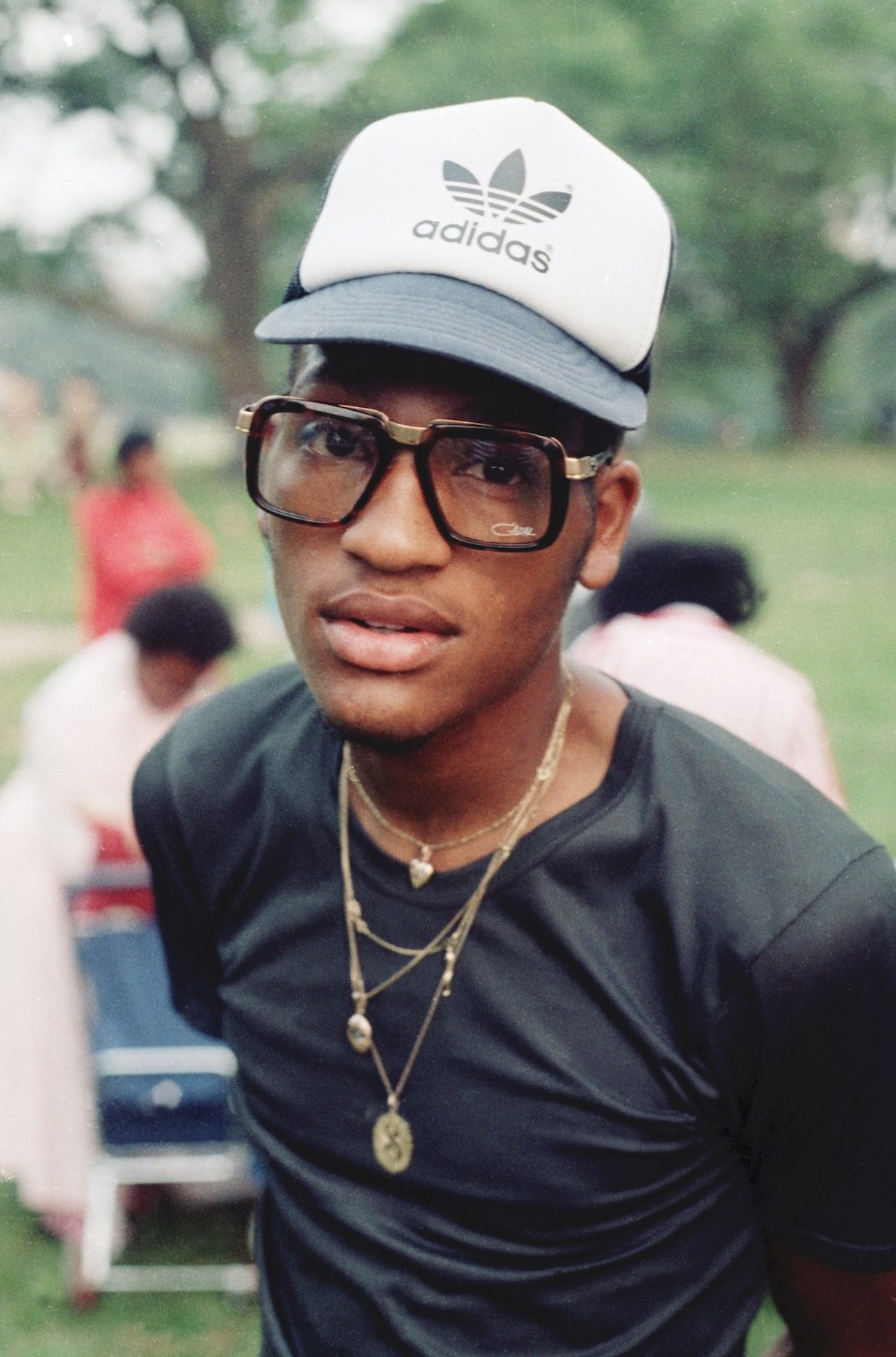
Jamel Shabazz, 'Sha', Chromogenic print, Fort Greene, Brooklyn, NYC, Early ‘80s, Courtesy of the artist and Galerie Bene Taschen ©JamelShabazz
Top: Jamel Shabazz, 'The Righteous Brothers', NYC 1981, Courtesy of the artist and Galerie Bene Taschen
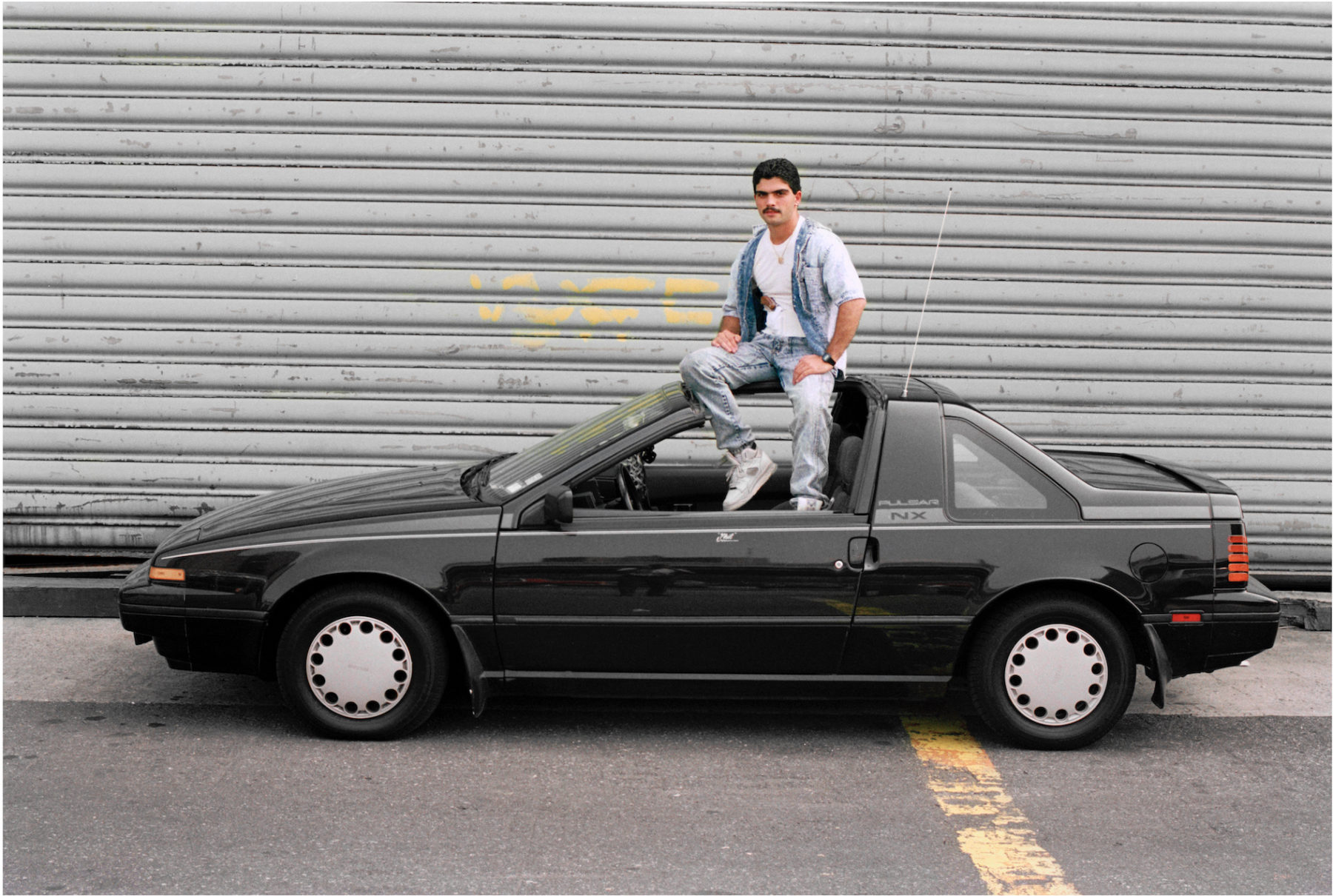
Jamel Shabazz, 'Undercover', Chromogenic print, East Side, Manhattan, NYC, 1988, Courtesy of the artist and Galerie Bene Taschen ©JamelShabazz
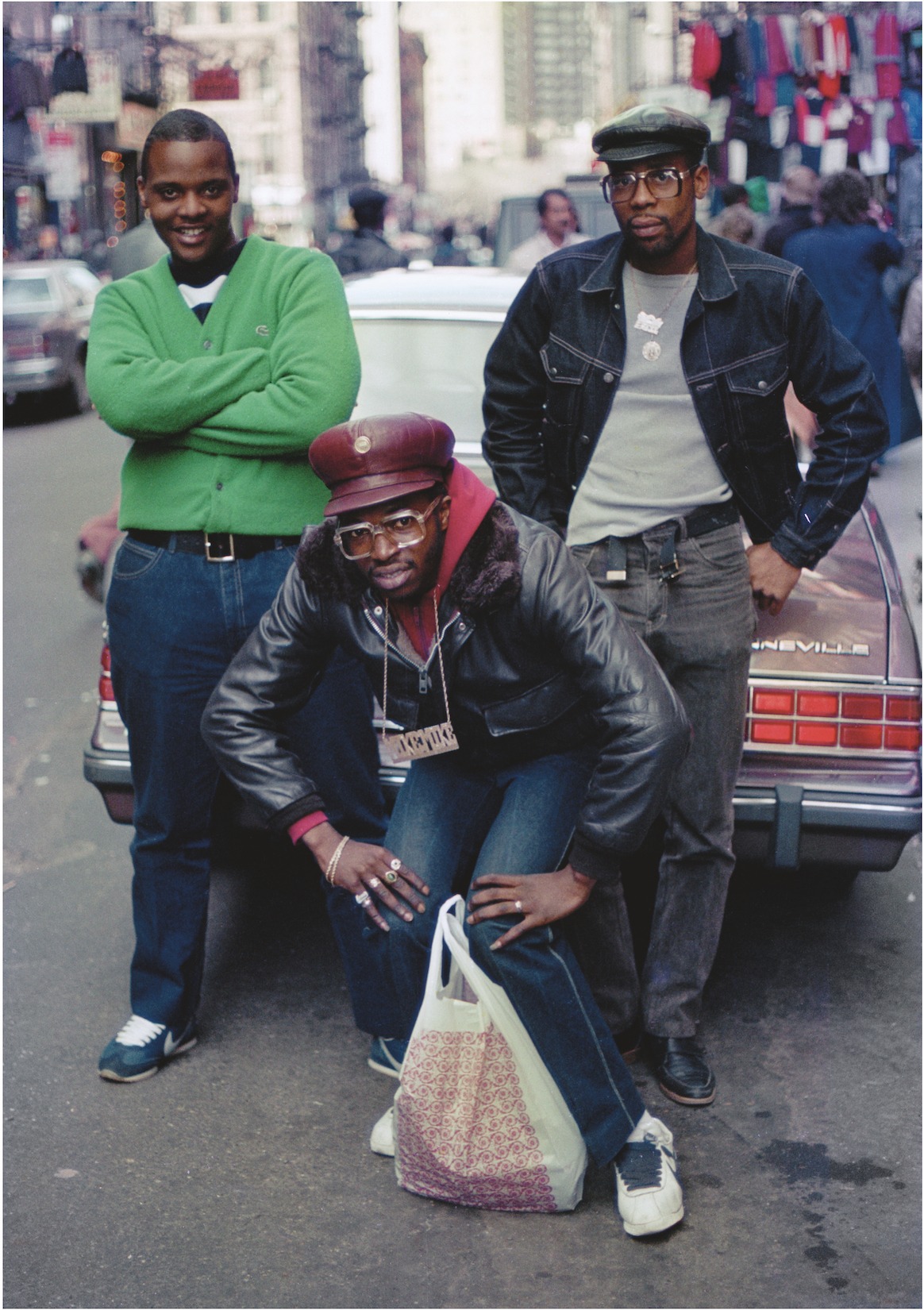
Jamel Shabazz, 'Brooklyn in the House', Chromogenic print, Lower East Side, Manhattan, NYC, 1982 Courtesy of the artist and Galerie Bene Taschen ©JamelShabazz

Jamel Shabazz, 'Radio Man', Chromogenic print, Brooklyn, NYC, 1980 Courtesy of the artist and Galerie Bene Taschen ©JamelShabazz
In the ’80s, New York was a tough environment: violent rival street gangs, drugs, and arrests were part of the city’s dark fabric and gave rise to the artistic expression of social and political injustices of the African American community. Many young people found themselves at difficult crossroads or facing challenging and often violent day-to-day realities. Shabazz wanted to do what he could to ease the tension of his community and help kids stay out of trouble. So he took to the streets with his camera, attracting young people for whom he became a mentor and inspiration, helping with life choices and keeping a positive outlook for the future.
These photographs are his visual diary – a collection of memories, moments, conversations, people, and details. They reflect personal relationships, while giving expression to universal sentiments of all adolescents, such as hope, dreams, self-discovery, and living in the moment.
_____
This essay originally appeared in the catalog of Jamel Shabazz’s solo exhibition Reflections from the ’80s at Hardhitta Gallery. The essay is published here with the permission of the author.
Jamel Shabazz grew up on the streets of Red Hook, Brooklyn and since picking up his first camera at the age of fifteen, he has been visually representing urban life in New York.
He has made a name for himself by capturing some of the most aura-induced and iconic images of the ’80s, depicting a time of transition and the emergence of a new lifestyle and culture whose relevance still resonates today.
As one of the key people to immortalize New York over recent decades, Shabazz’s quintessential and mesmerizing work continues to influence international fashion trends and global youth culture to this day.
With multiple successful publications to his name, Shabazz’s work has been acquired by leading institutions such as the Bronx Museum of the Arts, New York, the Whitney Museum of American Art, New York, and the Smithsonian Museum of African American History and Culture, Washington D.C.
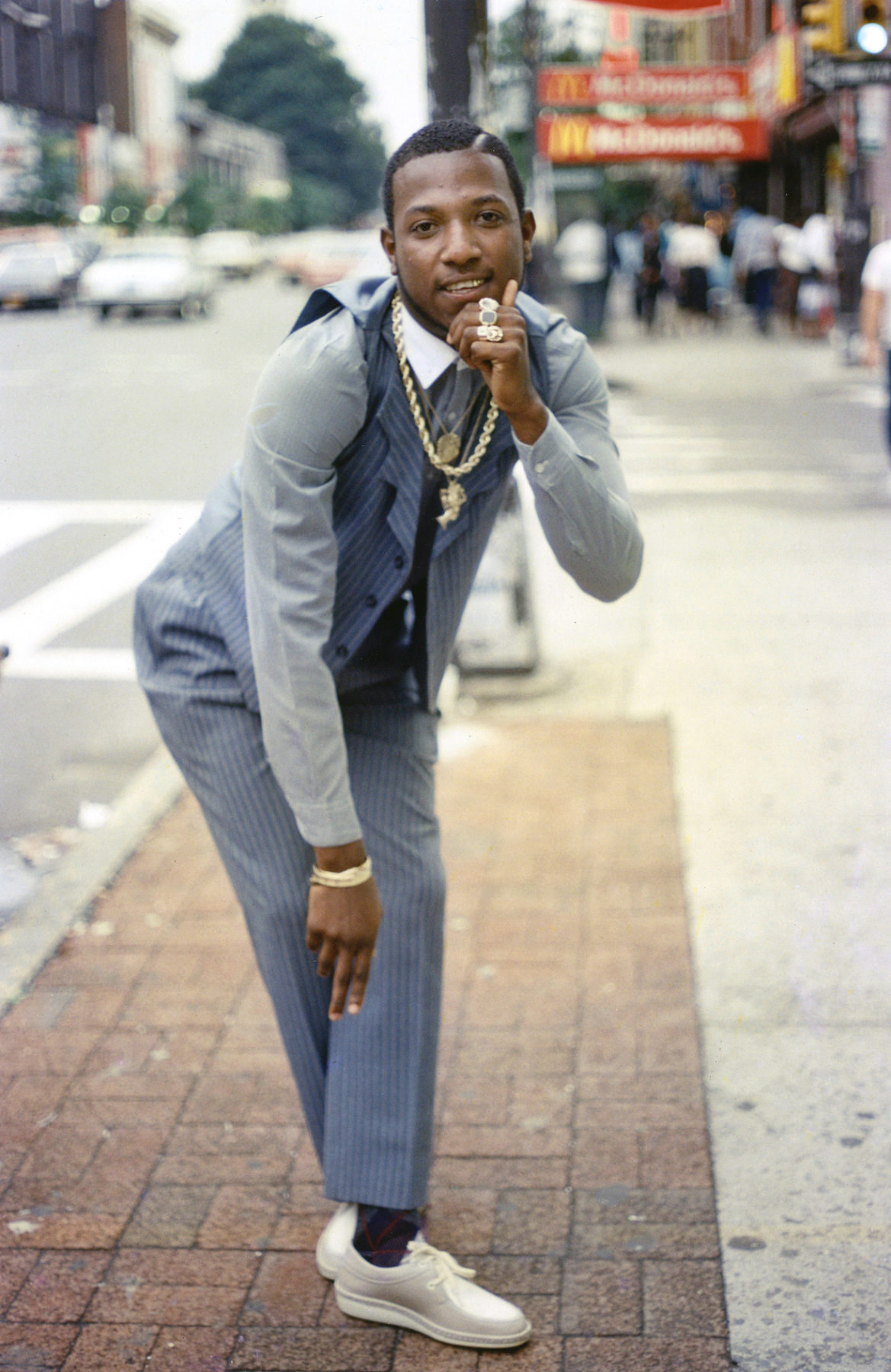
Jamel Shabazz, 'Rude Boy', Chromogenic print, Brooklyn, NYC, 1981 Courtesy of the artist and Galerie Bene Taschen ©JamelShabazz
About the work
Leather jackets, gold chains and boom boxes for the ‘80s, basketball vests and baseball caps in the ‘90s, his subjects are proud to show off their undeniable swagger as they carry out their journeys in and around New York.
Thanks to his instinctive eye, Shabazz’s aura-induced images carry through time the energy and vibrancy of these moments shared with the photographer. It is almost impossible to not smile back at their beaming faces.
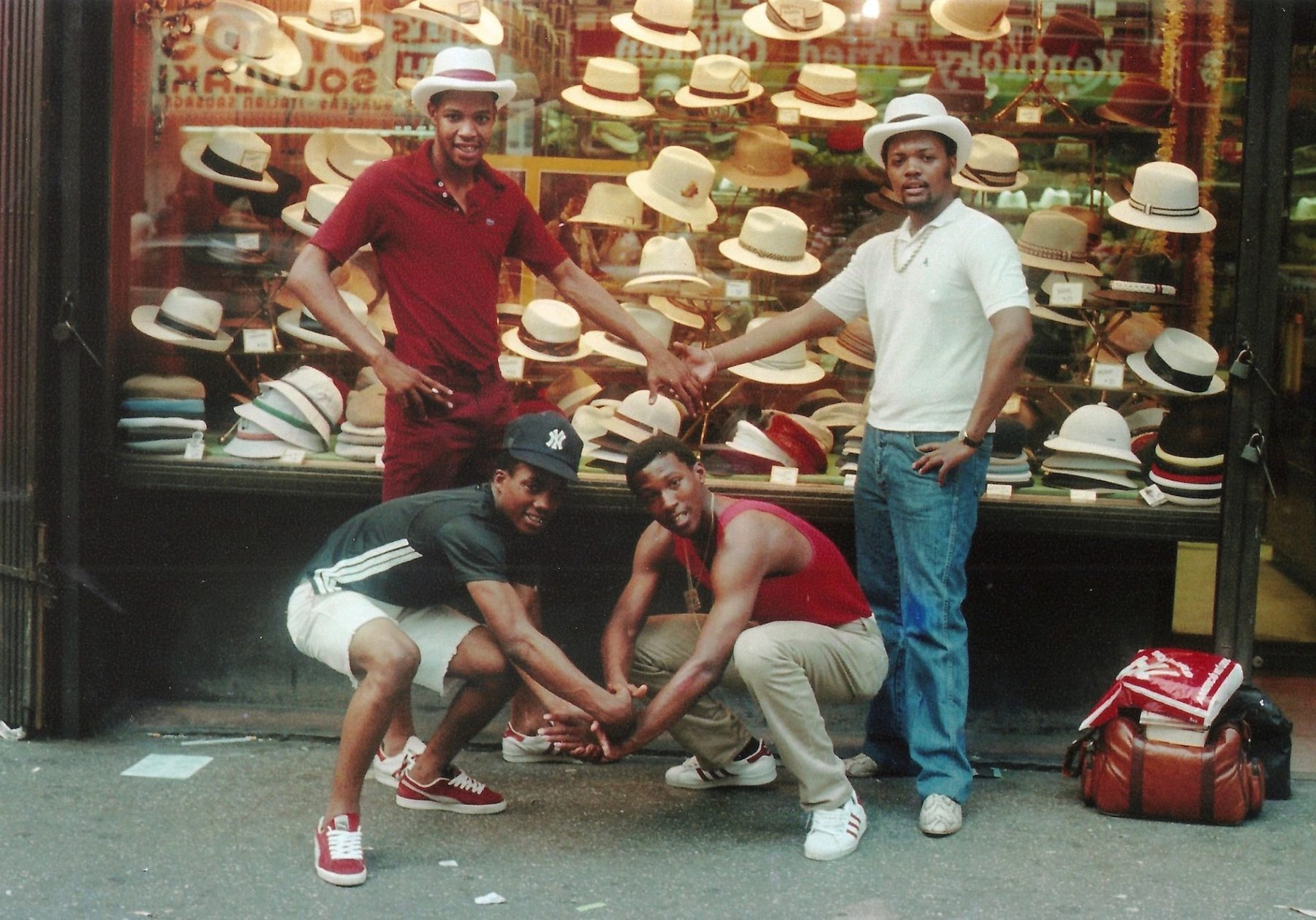
Jamel Shabazz, 'Street Photographers', Chromogenic print, Manhattan, NYC 1983, Courtesy of the artist and Galerie Bene Taschen ©JamelShabazz
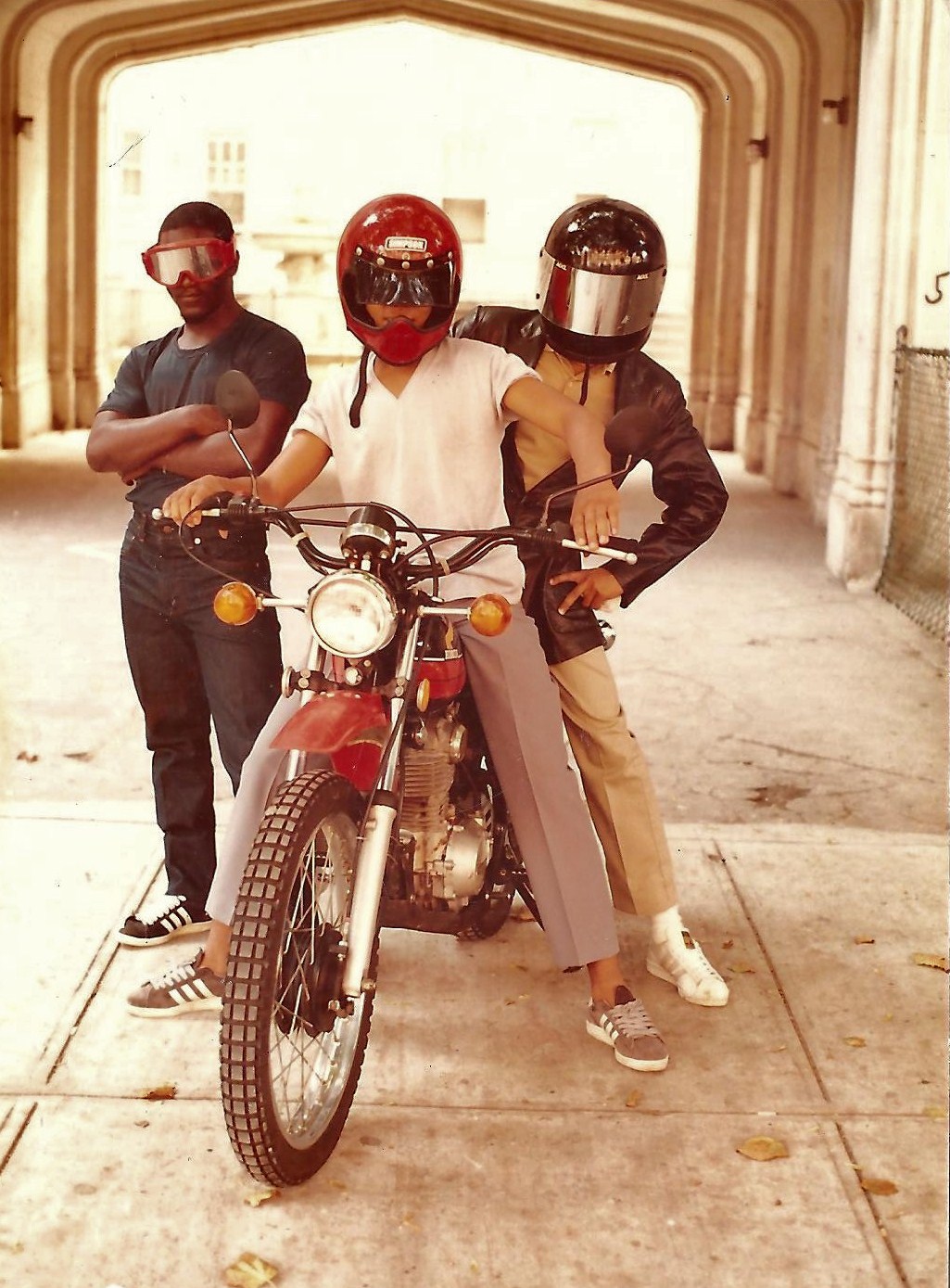
Jamel Shabazz, 'The Unknown Riders', Chromogenic print, Flatbush, Brooklyn, NYC, 1981, Courtesy of the artist and Galerie Bene Taschen ©JamelShabazz
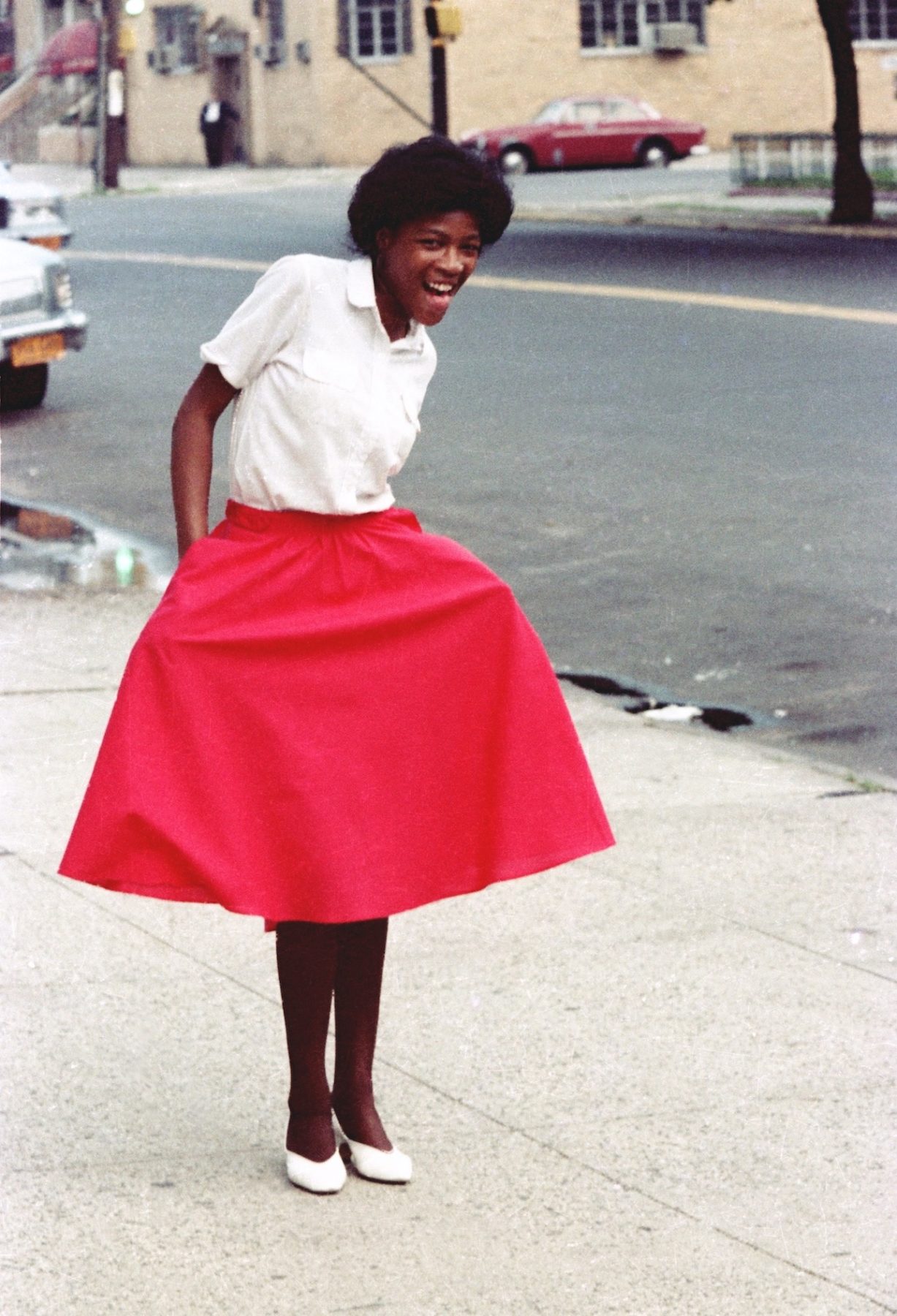
Jamel Shabazz, 'Fly Girl', Chromogenic print, Brownsville, Brooklyn, NYC, 1980 Courtesy of the artist and Galerie Bene Taschen ©JamelShabazz
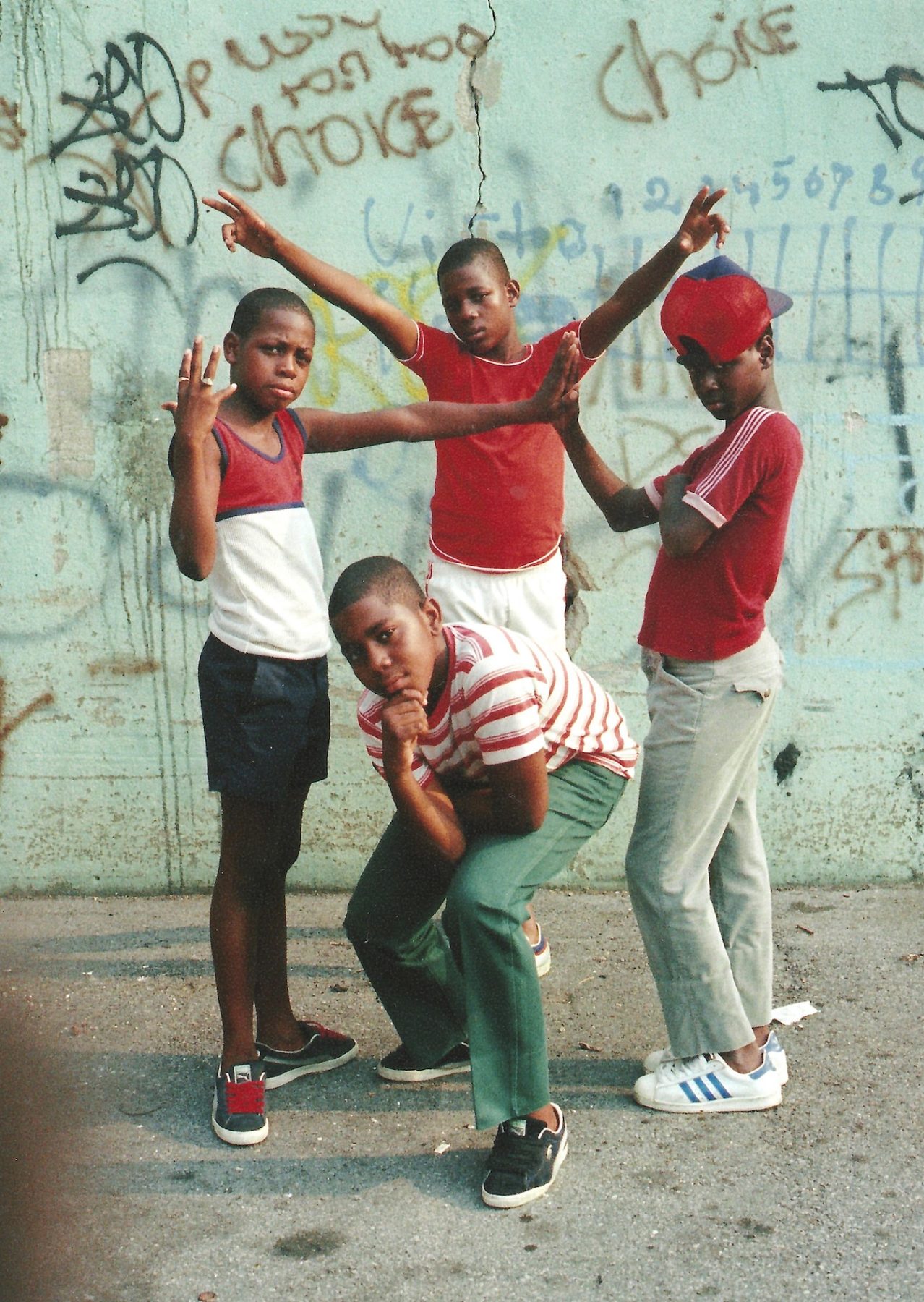
Jamel Shabazz 'Young Boys', Chromogenic print, East Flatbush, Brooklyn, NYC, 1981 Courtesy of the artist and Galerie Bene Taschen ©JamelShabazz
*Not in the exhibition
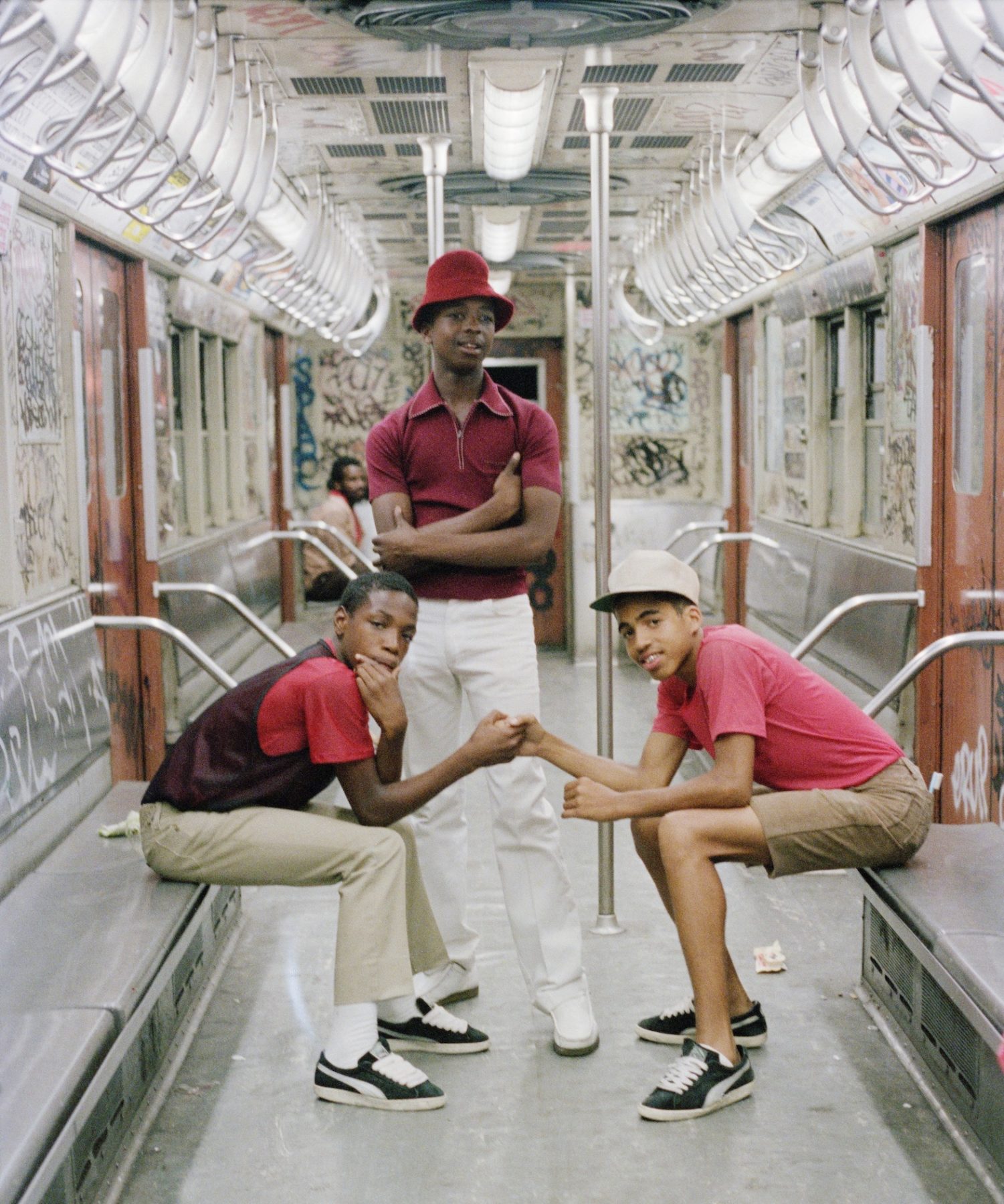
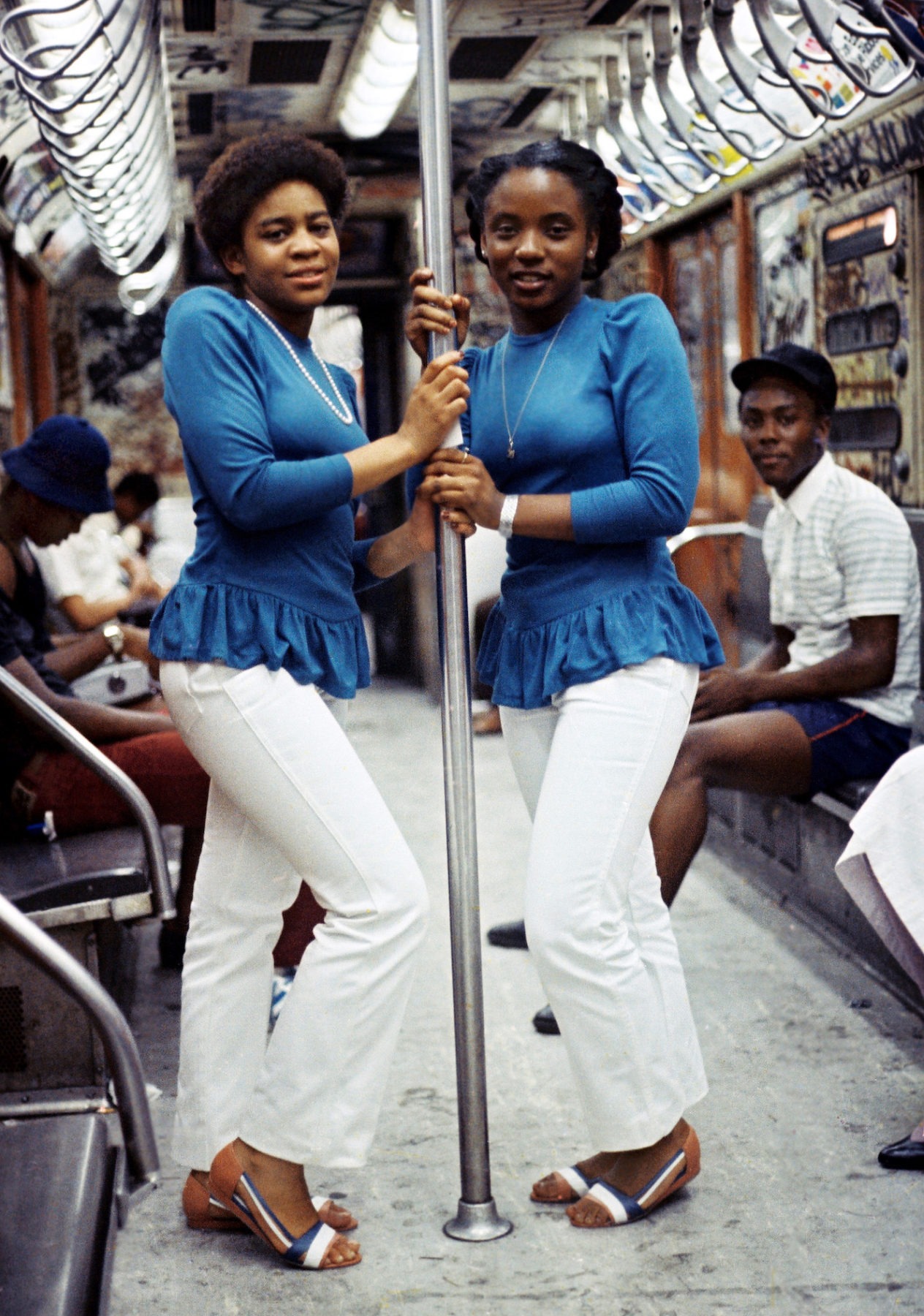
Jamel Shabazz, 'Soros for Life', Chromogenic print, Crown Heights, Brooklyn, NYC, 1981, Courtesy of the artist and Galerie Bene Taschen ©JamelShabazz
Founded in Cologne in 2011, Galerie Bene Taschen represents some of the world’s leading artist in contemporary photography and painting. The gallery promotes its international artist through participation in key art fairs, such as Paris Photo and The Armory Show in New York City, as well as its extensive exhibition program. Galerie Bene Taschen launched in 2011 with its presentation of works by L.A. photographer Greogry Bojorquez and by Joseph Rodriguez from New York. In 2014, celebrated photographer Miron Zownir from Berlin joined the gallery’s roster. In 2015, American photographers Jamel Shabazz and Arlene Gottfried, both from New York, were added.
Since autumn 2017, the gallery has represented New York-based photographer Jeff Mermelstein and German painter Charlotte Trossbach, and in summer 2018 hosted its first solo exhibition with the works of David LaChapelle. In 2019, the American photographers William Claxton and Larry Fink, as well as the Brazilian photographer Sebastiao Salgado, were introduced to the gallery’s program.
Related Topics
Community Spirit
2021